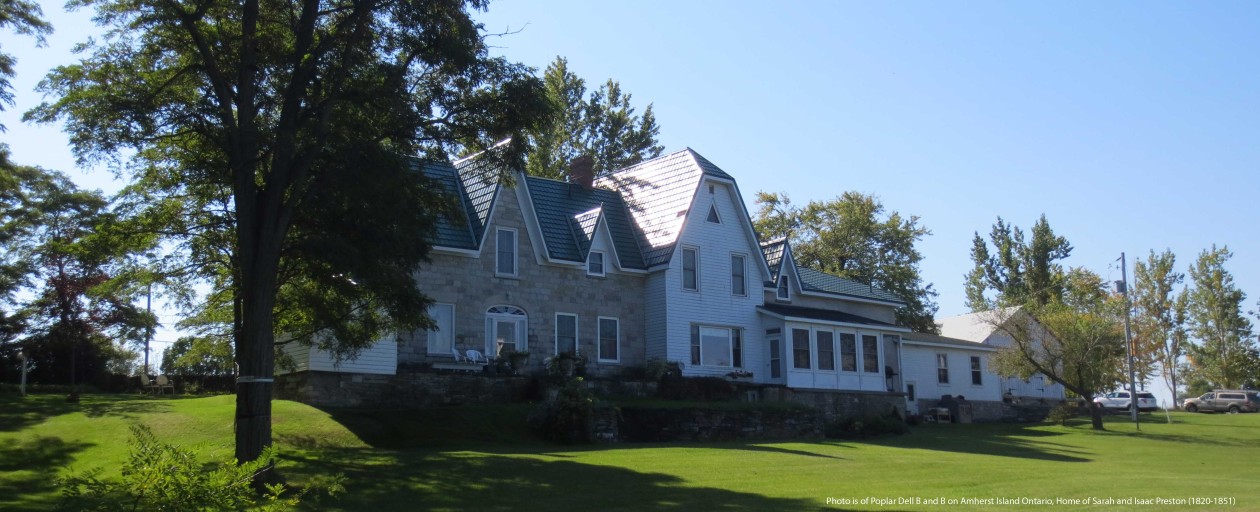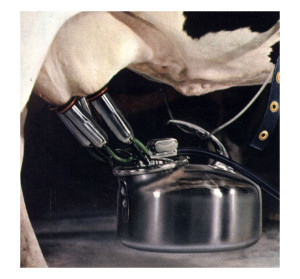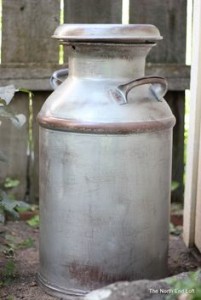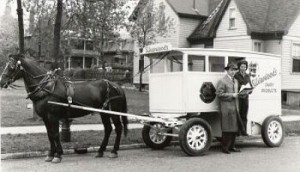Loyalty, the historical fiction story is now complete. Editing done. All it needs now, is a agent or publisher that would like to bring the “sweeping saga” of Ireland, United States and Canada, to life.
Synopsis: Loyalty
The Year 1798. Rebellion. Ireland is ablaze. The British 23rd Light Dragoons, smash into the line of United Irishmen Rebels and French Army. A slaughter of the rebels ensues. Posted to Donegal, the handsome Isaac Preston of the 23rds meets the pretty, yet strong-willed Sarah Porter, a captain’s daughter. Her proud, overbearing father forbids her courtship by the tenant farmer’s son, he of inferior class. Facing a decision between love and privilege, she chooses to elope, leaving a life of comfort for common living in the Belfast Barracks. History unfolds conflicts and challenges, with Isaac employed as an agent on an Irish estate, the family fleeing the Napoleonic Wars to New York State, imprisonment during the War of 1812, Sarah’s harrowing four year survival as a lone parent, homesteading in the wilds of Ontario, the Upper Canada Rebellion and a shootout with pirates. The fearless Sarah is recognized for her “true heroic British courage”, the stubborn Isaac remembered for his lifelong membership in the Orange Order.
Loyalty is tested on many fronts and on many levels.
Based on the true story of Sarah Porter and Isaac Preston, this sweeping saga of the Jane Austen era, follows the key events and historic characters they touched: General Sir Edward Pakenham; Archibald Acheson, Governor General of Canada; Benedict Arnold; Sir John A Macdonald and the pirate Bill Johnston.
As Canada approaches its one hundred and fiftieth birthday, we should celebrate those who built and defended Canada, people like the Prestons.
The opening lines …
The rider had been on the move for four days. Four days of little sleep; pursue and be pursued, fighting and fleeing, living and dying. The line was now drawn. Desperately tired, he was, nevertheless, ready. It was his duty. Yet another battle was being waged, his disdain for those of the other colour.






